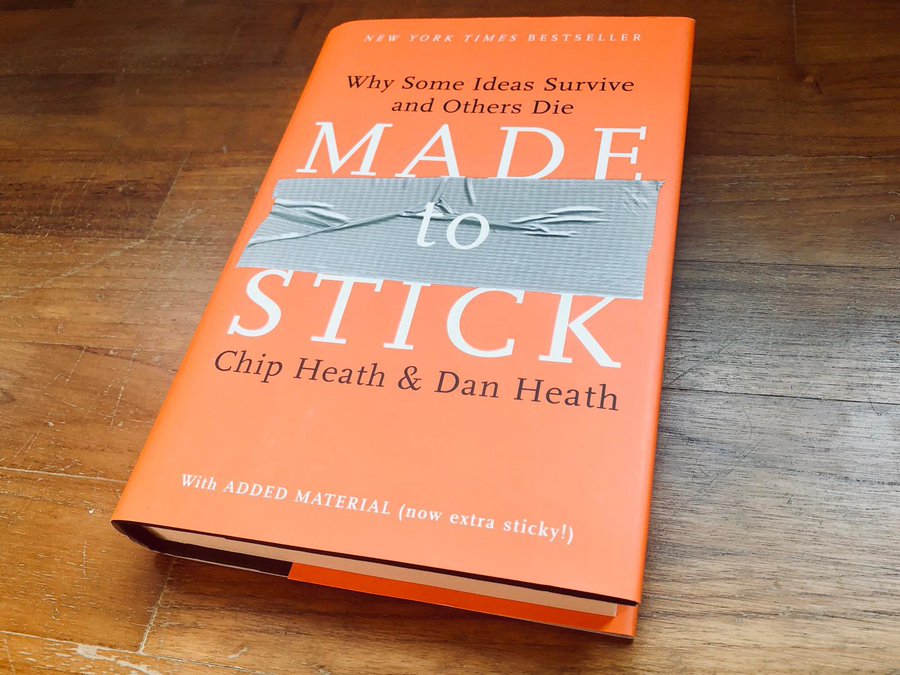Most PMs wish they could convince better.
The problem?
Their ideas are not framed to stick.
6 elements to make your ideas stick:
To successfully state your ideas in ways that stick, remember “succes(s).”
S imple
U nexepected
C oncrete
C redible
E motional
S tories
You want what you’re saying to have all 6 of these characteristics.
Today’s example: a feature to add karaoke style lyrics to YouTube.
1. Simple
Simplicity is not about dumbing down.
It’s prioritizing.
In Hollywood, they sell movies on high-concept pitches, like:
“Die Hard on a Bus” (Speed)
This should be the goal for product pitches.
The easy mistake is to marshal all your evidence.
“Our user research, data, and engineers think…”
Your communication becomes hard to follow.
Going back to our example:
“13% of our non-artist song listens are lyrics videos”
Is better.
We lead with one item: a cool stat.
2. Unexpected
Before your message can stick, your audience has to want it.
Violate a schema.
For our example:
“But that’s because half of songs don’t have lyric videos.”
You want to get attention in the middle of the meeting.
Everyone thought we had great coverage.
Then hold the attention.
Th easiest way to do this is by creating curiosity gaps.
This keeps everyone listening.
For our example:
“We peeled this back in several layers.”
It gets people to anticipate a few layers.
3. Concrete
Make your ideas understandable.
Use things like:
· sensory language
· mental pictures
· vivid details
For our example:
“We first wanted to understand breadth, how many videos.
Then severity, how many failed searches.”
4. Credible
Credibility comes from facts and details.
Show you’ve done your work.
For our example:
“83% of uploaded lyrics videos are taken down for copyright violations.
This results in 50K failed searches a day.”
5. Emotional
Numbers aren’t why people fall in love with ideas though.
People care about people, those who they can identify with.
For our example:
“This leads to many frustrated searchers, like JennyV.
She was embarrassed when they couldn’t karaoke her favorite song.”
6. Stories
The element that finally ties to a sticky idea is storytelling.
Stories drive response.
For our example, we could make Jenny a hero and describe her problems:
“Jenny had been planning for her birthday for weeks.
We saw her next 6 months usage down 25%.”
And in just a 30 second pitch, we’ve built a sticky idea.
I recommend trying to use as many of the 6 elements as you can.
Just remember to prioritize and stay concise.
Check out the book for more details.

